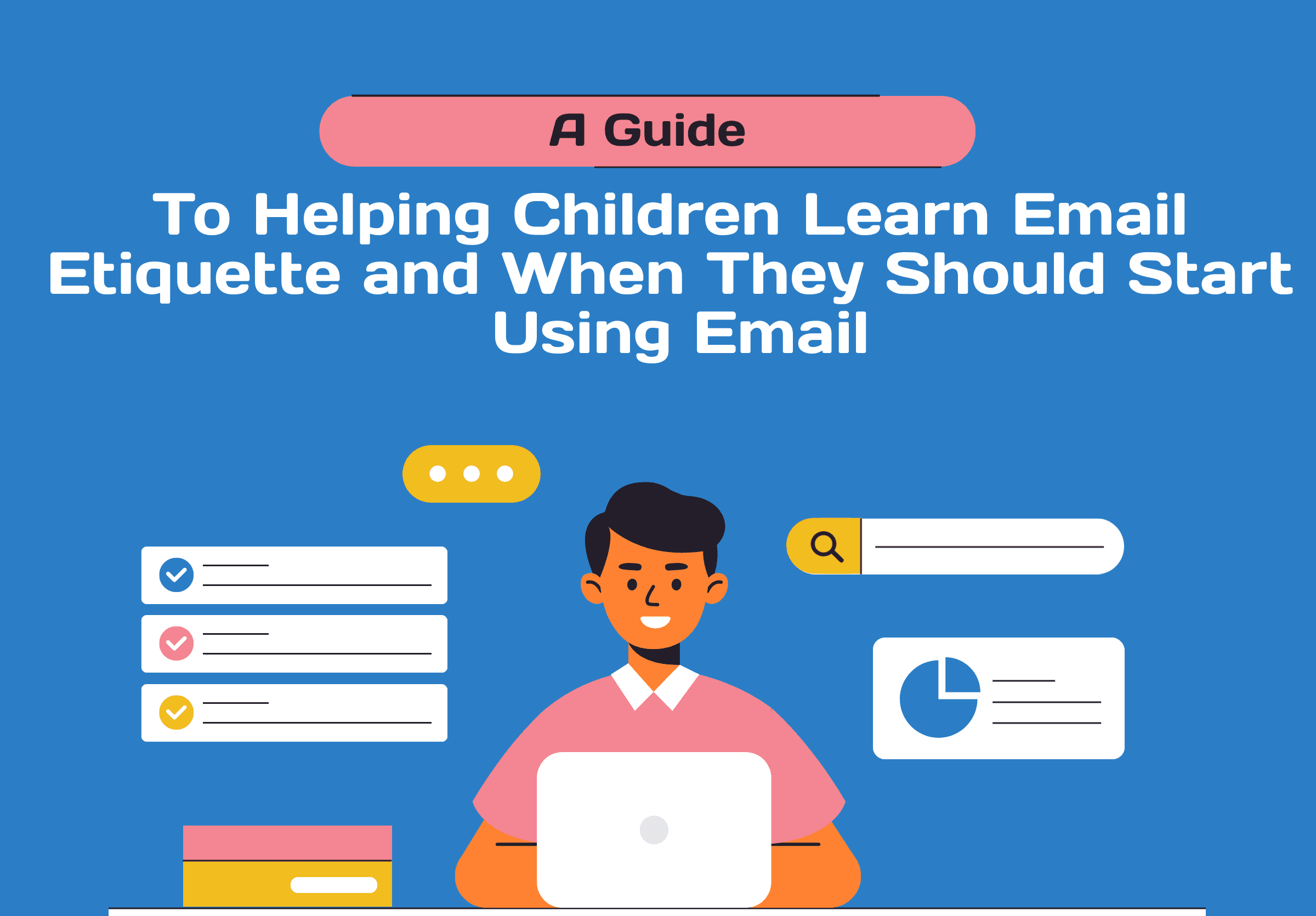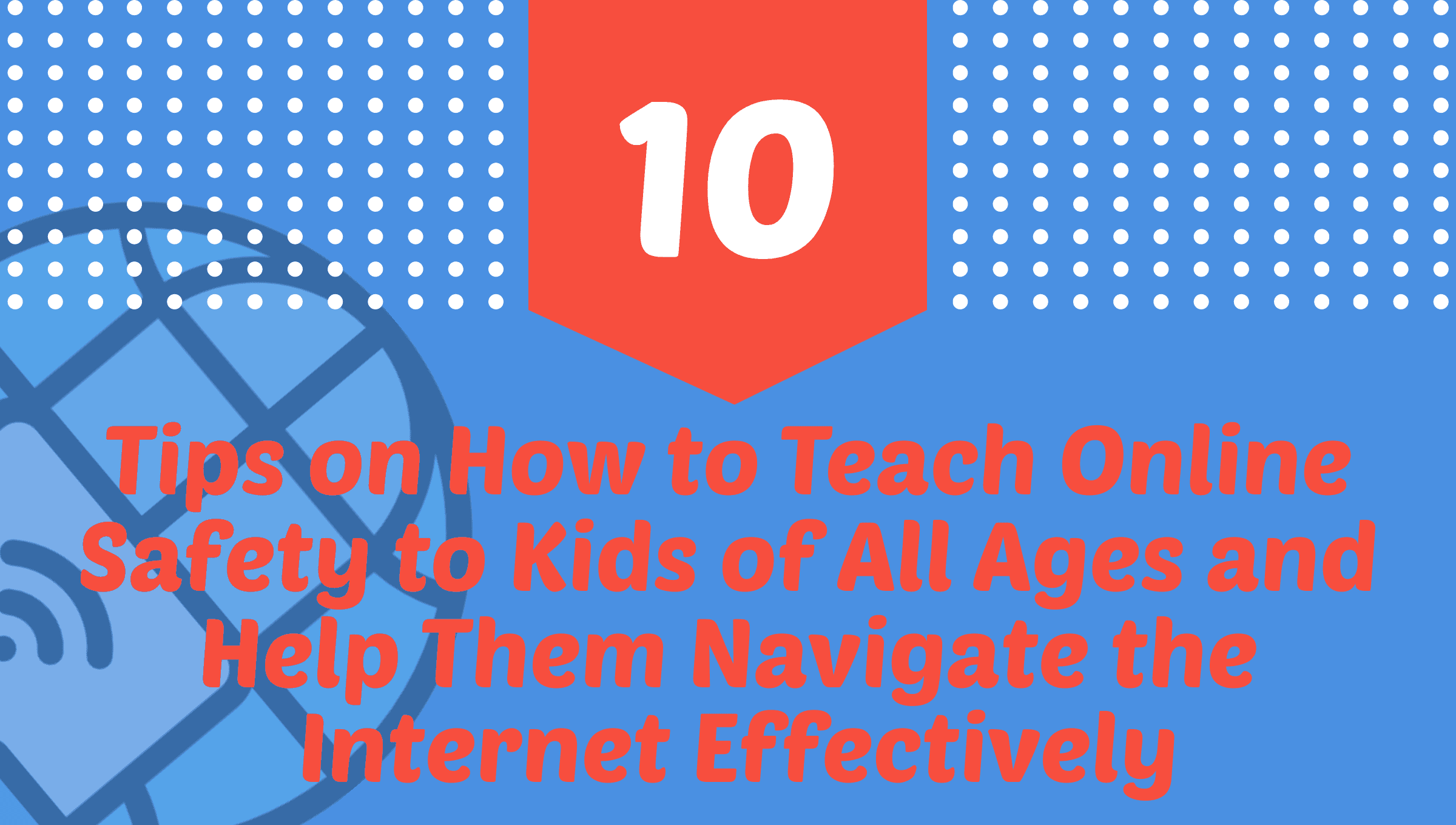
What is the typical age for purchasing a phone in the eyes of American parents? By the age of 11, 53% of American children have their own smartphones, according to a recent Common Sense Media research (Victoria & Michael, 2019). By the age of 12, more than a third of children have their own smartphones, according to the same survey. In the upcoming years, this age is expected to trend increasingly younger. Should there be an age restriction on cell phones, worry-stricken parents cannot help but wonder? When should children acquire a phone, too?
It is important for parents to set boundaries and guidelines for their children’s smartphone use to ensure they are using the device in a safe and responsible manner. Here are some tips for setting boundaries:
Exploring Strategies & Tools To Manage Screen Time For Kids Effectively
Here are some strategies and tools that parents can use to manage screen time for kids effectively:
- Set Limits: Establish specific time limits for screen use each day and encourage other activities such as outdoor play or reading.
- Use Apps: Utilize apps like “Screen Time” or “Moment” that help monitor and manage screen time usage.
- Monitor Usage: Check in on your child’s screen time use frequently to ensure they are staying within the established limits.
- Create Technology-Free Zones: Designate areas or times in the home where screens are not allowed, such as during meals or before bedtime.
- Be a Role Model: Set a good example by practicing healthy screen time habits yourself.
- Encourage Breaks: Encourage children to take breaks every 30-60 minutes to rest their eyes and engage in other activities.
- Use Parental Controls: Many devices and apps have parental control features that allow parents to limit access to certain content or apps.
- Involve the Child: Encourage children to participate in setting screen time limits and to be responsible for managing their own screen use.
By using these strategies and tools, parents can help children develop healthy screen time habits and balance technology use with other activities to promote overall well-being.
Here are some tips for parents on how to set rules for smartphone usage for children:
- Establish age-appropriate limits: Adjust rules according to age; stricter rules for younger kids, more freedom as they grow up.
- Have open and ongoing communication: Discuss the reasons for rules and encourage questions/concerns.
- Set specific rules: Set clear rules for phone usage and stick to them.
- Create phone-free times and zones: Establish specific times and areas in the house where smartphone use is not allowed, such as during family meals or before bedtime.
- Use parental controls: Utilize the parental control features available on most smartphones to restrict access to inappropriate content or limit app usage.
- Encourage alternate activities: Encourage your child to engage in other activities besides using their smartphone, such as reading, outdoor play, or spending time with friends and family.
- Lead by example: Set a good example for your child by modeling healthy smartphone habits and avoiding excessive use of your own smartphone.
By setting clear rules and boundaries for smartphone usage and consistently enforcing them, parents can help their children develop healthy smartphone habits and avoid the negative effects of excessive screen time.
Striking a Balance: Navigating the Age of Smartphone Ownership
As the debate on the appropriate age for children to own smartphones continues, parents find themselves at the crossroads of technological advancement and parenting responsibilities. Beyond setting boundaries and managing screen time, a holistic approach to smartphone ownership involves addressing the broader implications of digital access at a young age.
Understanding the Digital Landscape
In an era where connectivity is integral to daily life, smartphones offer children not only communication tools but also gateways to a vast digital landscape. Parents grapple with concerns about exposure to inappropriate content, online predators, and the potential impact on mental health. The challenge is to strike a balance between leveraging technology for educational purposes and safeguarding children from its potential pitfalls.
The Role of Education and Awareness
As smartphones become ubiquitous, education emerges as a key component in empowering both parents and children. Digital literacy programs can equip children with the skills to navigate the online world responsibly, teaching them about online etiquette, privacy, and critical thinking. Likewise, parents benefit from staying informed about the latest apps, online trends, and potential risks to facilitate open and informed conversations with their children.
Parental Responsibility in the Digital Age
While technology can be a powerful educational tool, parents remain the primary influencers in their children’s lives. Beyond setting rules, active involvement in a child’s digital journey is crucial. This includes regularly discussing online experiences, understanding the apps and games they engage with, and being vigilant about potential signs of cyberbullying or excessive screen time.
The Need for Collaboration
Addressing the challenges of smartphone ownership in childhood requires collaboration among parents, educators, and technology developers. Schools can play a vital role in incorporating digital literacy into the curriculum, preparing children for responsible digital citizenship. Additionally, technology companies can contribute by developing user-friendly parental controls and age-appropriate content filters.
Conclusion
In conclusion, the age at which children acquire smartphones is a multifaceted issue that extends beyond setting limits and using monitoring tools. It involves preparing children to navigate the digital landscape responsibly, promoting open communication, and fostering collaboration between parents, educators, and technology developers. By combining age-appropriate guidelines with education and awareness initiatives, parents can empower their children to become responsible digital citizens, capable of leveraging technology for learning and growth while minimizing potential risks. As we continue to navigate the evolving digital age, a proactive and collaborative approach will be essential in shaping a generation of individuals who can thrive in a digitally connected world.



